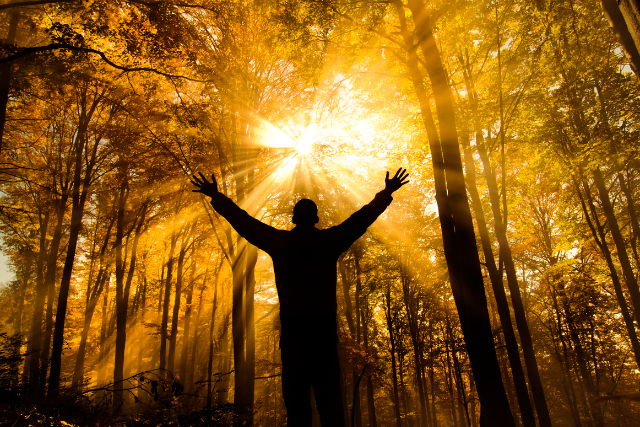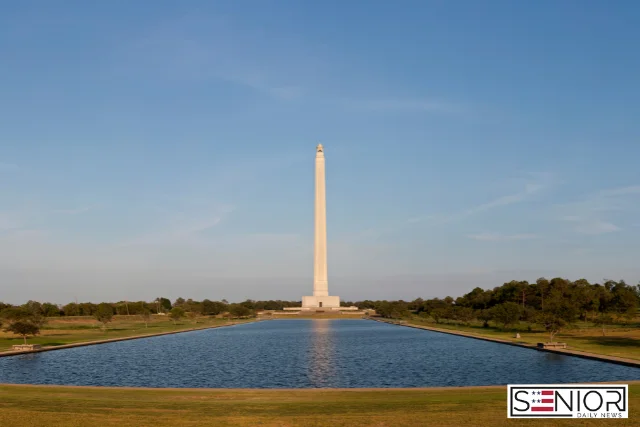Exploring Spiritual and Cultural Activities: A Journey to Enrichment and Connection

In a fast-paced world dominated by digital screens, schedules, and routines, many people find themselves yearning for something deeper—an experience that feeds the soul, sparks joy, and fosters a sense of connection. Spiritual and cultural activities provide that opportunity.
While spiritual and cultural experiences are often viewed as separate, they frequently intertwine. Whether it’s attending a traditional music festival, visiting a sacred temple, joining a meditation retreat, or learning a heritage dance, these activities open pathways to self-discovery, community, and mindfulness.
This guide explores both spiritual and cultural activities, comparing their benefits, overlaps, and the transformative power they hold. Whether you’re seeking inner peace, community bonding, or global awareness, this article will help you understand and embrace both aspects with open arms.
What Are Spiritual Activities?
Spiritual activities are practices that nourish the inner self and foster a connection to something greater—be it the divine, the universe, or one’s inner consciousness.
These activities often focus on:
- Inner peace and emotional balance
- A sense of purpose or meaning
- Mindfulness, meditation, and self-reflection
- Connecting with a higher power or nature
Examples include:
- Meditation and mindfulness sessions
- Yoga or tai chi
- Attending religious services
- Spiritual journaling
- Silent retreats
- Chanting, prayer, or sacred rituals
You don’t have to be religious to be spiritual. Many people pursue spiritual wellness through nature walks, creative arts, or personal growth workshops.
What Are Cultural Activities?
Cultural activities reflect the customs, traditions, and creative expressions of a group of people. They help preserve identity, foster understanding, and create community connections.
These activities often focus on:
- Celebrating heritage and diversity
- Sharing stories through art, music, and dance
- Community bonding and education
- Expressing identity through food, fashion, or language
Examples include:
- Attending a cultural festival or fair
- Learning traditional crafts or instruments
- Participating in heritage-based cooking classes
- Visiting museums, historical landmarks, or theaters
- Engaging in cross-cultural exchange programs
Cultural activities help us understand where we come from—and where others come from—enriching our worldview and promoting empathy.
Comparing Spiritual and Cultural Activities
While both bring meaning and connection, spiritual and cultural activities serve different purposes and sometimes intersect.
Purpose
- Spiritual Activities: Focus on personal growth, introspection, and transcendence
- Cultural Activities: Center on shared identity, heritage, and external expression
Environment
- Spiritual: Often solitary or in quiet, reflective spaces
- Cultural: Frequently social, community-based, and celebratory
Experience
- Spiritual: May involve stillness, silence, or sacred spaces
- Cultural: Often includes color, sound, dance, and cuisine
Common Ground
Despite differences, both enrich life, encourage compassion, and offer a break from superficial distractions. Attending a religious ceremony (spiritual) in a historic church (cultural) beautifully illustrates their overlap.
Benefits of Spiritual Activities
1. Stress Reduction
Practices like meditation and deep breathing have been proven to lower cortisol levels, reducing stress and anxiety.
2. Emotional Balance
Spiritual practices promote inner peace, helping individuals handle grief, uncertainty, or depression more effectively.
3. Purpose and Meaning
Spiritual activities help answer life’s bigger questions, offering clarity and direction during transitions or challenges.
4. Connection to the Divine or Universe
Whether through prayer, nature, or sacred texts, spiritual engagement fosters a deeper sense of belonging to something greater.
Benefits of Cultural Activities
1. Preserving Heritage
Engaging in cultural events ensures traditions are passed down and honored across generations.
2. Enhancing Community
Festivals, performances, and cultural classes provide space for shared joy and human connection.
3. Promoting Diversity and Inclusion
Understanding other cultures promotes tolerance and breaks down stereotypes.
4. Personal Identity and Confidence
Connecting to your roots can increase self-esteem and a sense of groundedness in who you are.
How to Get Involved
Whether you’re exploring new practices or reconnecting with familiar ones, here are ways to start:
Explore Spiritual Activities:
- Try guided meditations via apps like Calm or Insight Timer
- Attend interfaith services or spiritual talks
- Visit a labyrinth or nature sanctuary
- Take a yoga class focused on breath and alignment
Explore Cultural Activities:
- Look for local heritage festivals and parades
- Join a dance or cooking class from a different culture
- Visit museums or cultural centers in your city
- Travel to historical sites or indigenous landmarks
Integrating Both: Holistic Enrichment
For many, the most powerful experiences blend both spiritual and cultural elements.
Examples:
- Attending a Native American powwow combines spirituality, dance, and heritage
- Participating in Diwali celebrations brings both prayer and community joy
- Practicing Japanese tea ceremonies integrates mindfulness and cultural artistry
You don’t have to choose one over the other. Balancing both can lead to a richer, more meaningful life experience.
Tailoring Activities to Your Personality
Not sure where to start? Consider your preferences:
- Introverts may enjoy solo journaling, forest bathing, or quiet gallery visits
- Extroverts might prefer group drumming circles, community yoga, or street festivals
- Learners can dive into spiritual literature or attend lectures on world religions and cultures
- Creatives may enjoy writing poetry rooted in tradition or creating mandalas or folk art
Listen to your intuition—it often leads you where you need to go.
FAQs: Exploring Spiritual and Cultural Activities
Q: Can I participate in cultural events outside of my own background?
A: Absolutely—respectfully! Cultural appreciation is about learning, honoring, and sharing. Always approach with humility and a willingness to learn.
Q: Do I have to be religious to enjoy spiritual activities?
A: Not at all. Many people engage in spirituality through nature, mindfulness, or personal rituals that aren’t tied to organized religion.
Q: How can I find events or communities near me?
A: Check local community boards, social media groups, libraries, or cultural centers. Apps like Meetup often list cultural and spiritual gatherings.
Q: Can spiritual practices help with anxiety or depression?
A: Yes. While they’re not a replacement for professional care, activities like meditation, gratitude journaling, and nature walks support emotional health.
Q: Are there free options to explore these activities?
A: Yes! Many museums offer free days, and libraries host cultural events. YouTube and local parks often provide free yoga, meditation, and cultural storytelling events.
Final Thoughts
Exploring spiritual and cultural activities is more than a pastime—it’s a pathway to personal enrichment, community connection, and emotional well-being. In a time when isolation and burnout are common, these practices bring us back to what truly matters: meaning, connection, and expression.
Whether you’re lighting a candle in quiet reflection or dancing under lantern-lit skies at a festival, these moments fill us with joy, curiosity, and unity. You don’t need to travel far or spend a fortune—just a willingness to open your heart and mind to the experiences waiting around (and within) you.
Image Designed Using Canva






